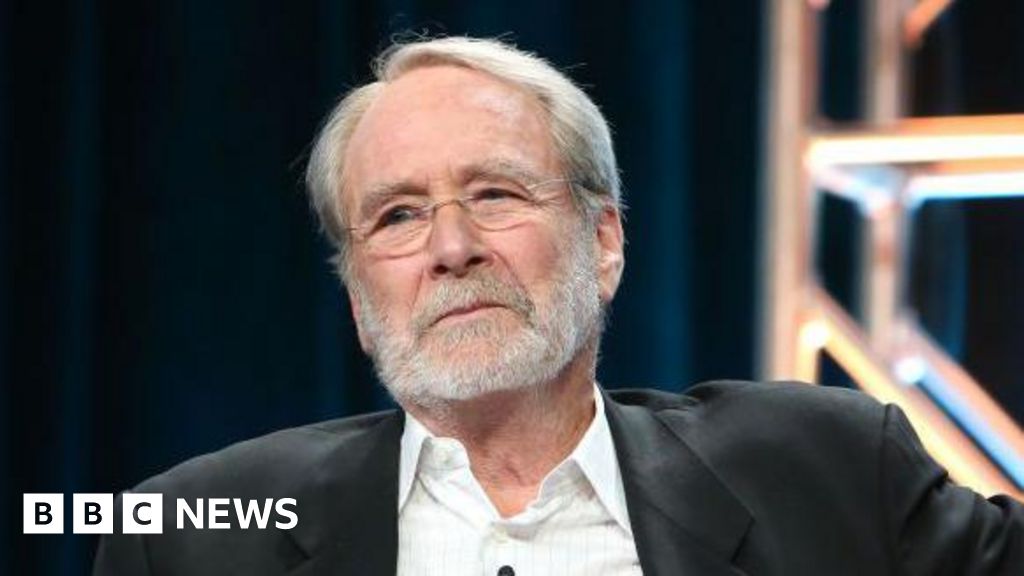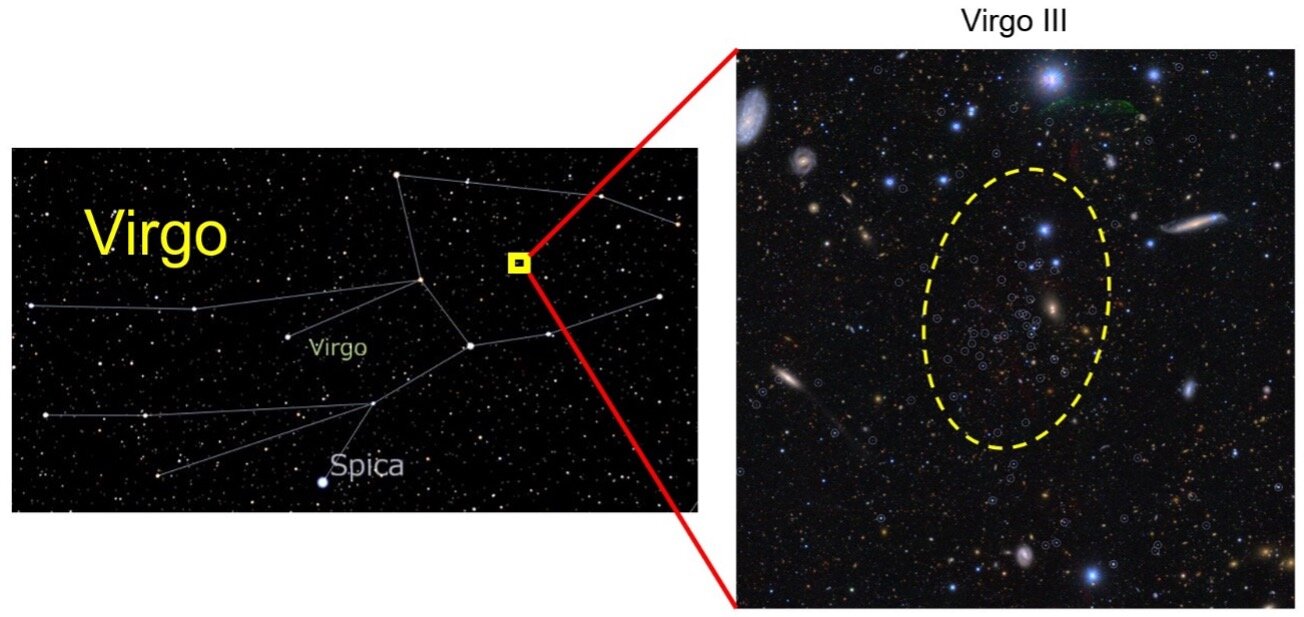Researchers at the Technical University of Munich (TUM) have successfully developed a groundbreaking method for 3D reconstruction.
This new technique enables the creation of precise 3D models of objects using only two camera perspectives.
This is a feat previously thought to be impossible without hundreds of images or controlled laboratory conditions.
This breakthrough has the potential to transform various industries, including autonomous driving, historical preservation, and more.
Led by Daniel Cremers, Professor for Computer Vision and Artificial Intelligence at the TUM, the research team achieved this milestone by integrating neural networks with a sophisticated illumination model.
Overcoming challenges
“Despite notable progress in recovering an object’s shape from dense image viewpoints, predicting consistent geometry from sparse viewpoints remains a difficult task,” read the study.
Traditional methods for 3D reconstruction often struggled with limitations such as the need for extensive training data and difficulties in handling textureless objects or wide camera baselines.
Although photometric stereo (PS) techniques are considered effective for reconstructing textureless regions, they typically require controlled laboratory environments.
The TUM researchers tackled these challenges by merging state-of-the-art volume rendering techniques with a sparse multi-view photometric stereo model.
Innovative approach
“In particular, we advocate a physically realistic lighting model that combines ambient light and uncalibrated point-light illumination,” they explained.
By analyzing the brightness in the images and considering factors like light absorption and the distance between the object and the light source, the researchers can accurately determine the angle and distance of the surface relative to the light source.
This framework has also proven effective in accurately reconstructing the shape of textureless objects, even with limited images and varied camera angles.
This new method produces better results than existing techniques that use only ambient lighting or traditional photometric stereo methods.
“The proposed approach offers a practical paradigm to create highly accurate 3D reconstructions from sparse and distant viewpoints, even outside a controlled dark room environment,” the researchers asserted.
Practical applications
The implications of this breakthrough are far-reaching. The TUM team’s innovation holds immense promise for the development of autonomous driving technology.
By enabling autonomous vehicles to build real-time 3D representations of their surroundings with just two camera perspectives, this method significantly enhances the vehicles’ ability to make informed decisions. It also improves their capacity to navigate complex environments.
Furthermore, in the field of historical preservation, this new technique can be utilized to create detailed 3D reconstructions of decaying or damaged monuments and artifacts.
This allows for the digital preservation of cultural heritage. It ensures that future generations can experience and study these historical treasures. This is even possible if the physical originals are lost or deteriorated.
A major advancement
This technology “enables us to model the objects with much greater precision than existing processes. We can use the natural surroundings and can reconstruct relatively textureless objects for our reconstructions,” said Professor Cremers while emphasizing the significance of this achievement.
The team’s research is a major advancement in the field of computer vision and opens up a world of possibilities for 3D reconstruction in various real-world scenarios.
With their innovative approach, the TUM researchers have not only addressed the limitations of previous 3D reconstruction methods but have also paved the way for exciting advancements in fields that rely on accurate 3D models.
ABOUT THE EDITOR
Aman Tripathi An active and versatile journalist and news editor. He has covered regular and breaking news for several leading publications and news media, including The Hindu, Economic Times, Tomorrow Makers, and many more. Aman holds expertise in politics, travel, and tech news, especially in AI, advanced algorithms, and blockchain, with a strong curiosity about all things that fall under science and tech.

Laura Adams is a tech enthusiast residing in the UK. Her articles cover the latest technological innovations, from AI to consumer gadgets, providing readers with a glimpse into the future of technology.








